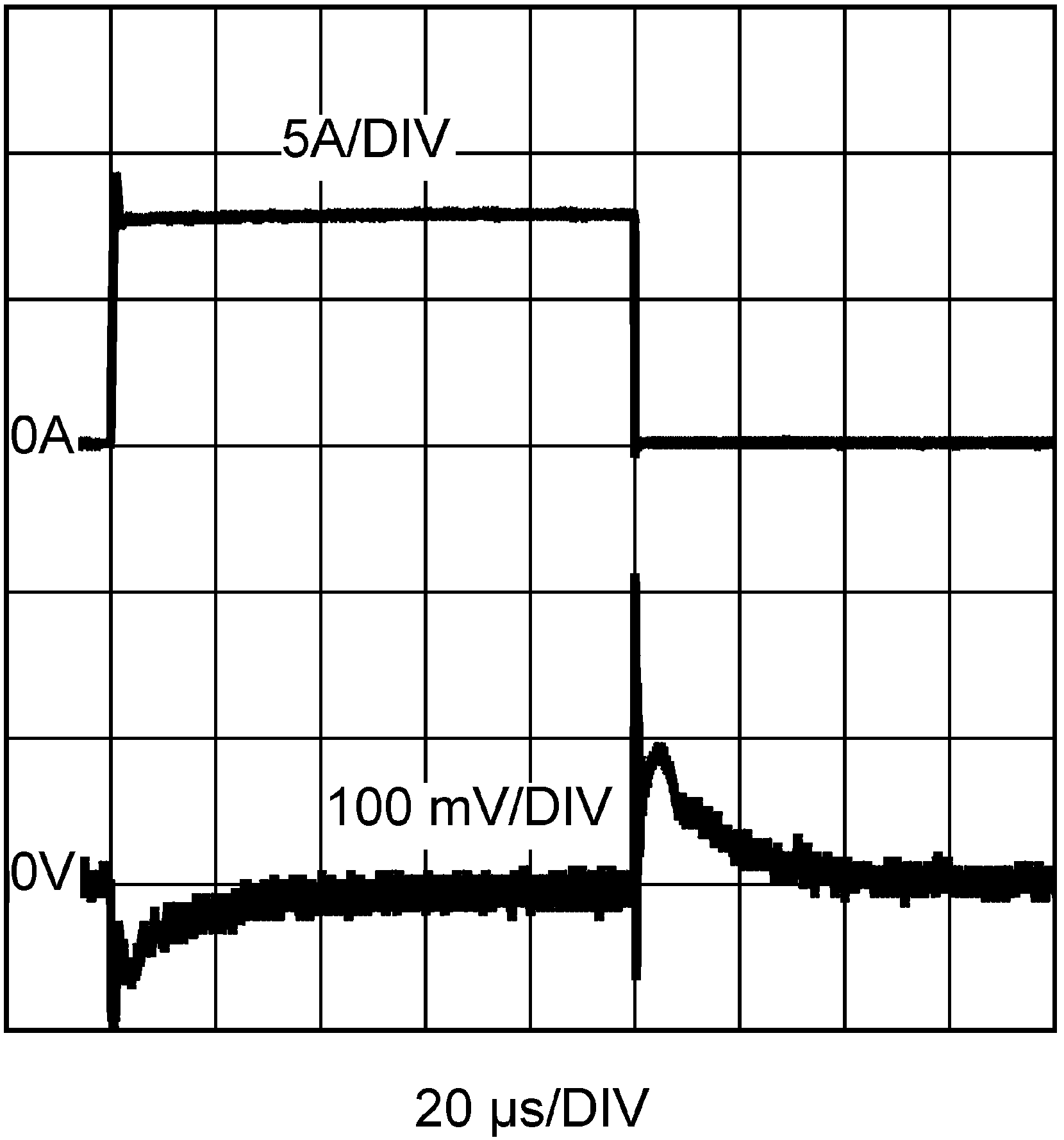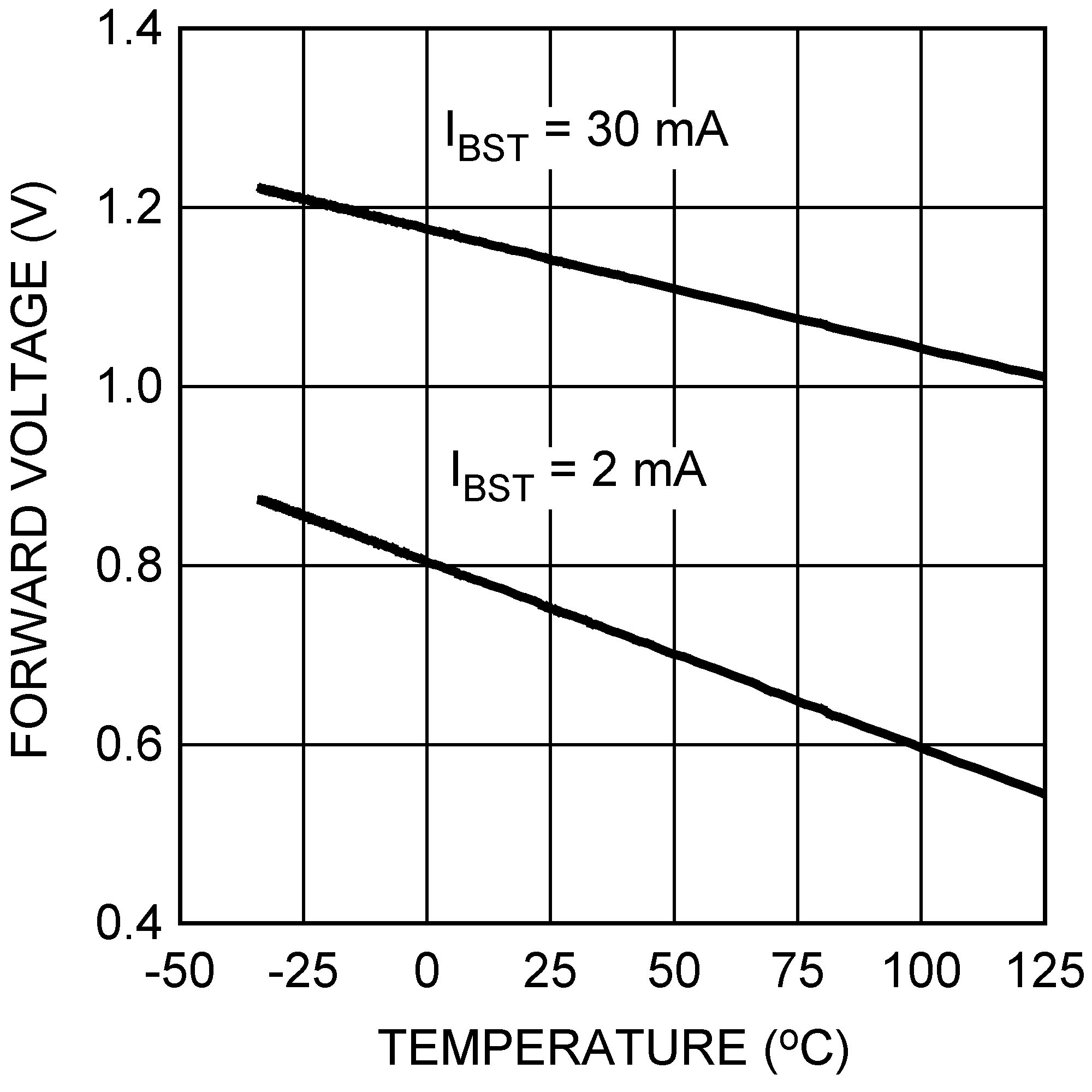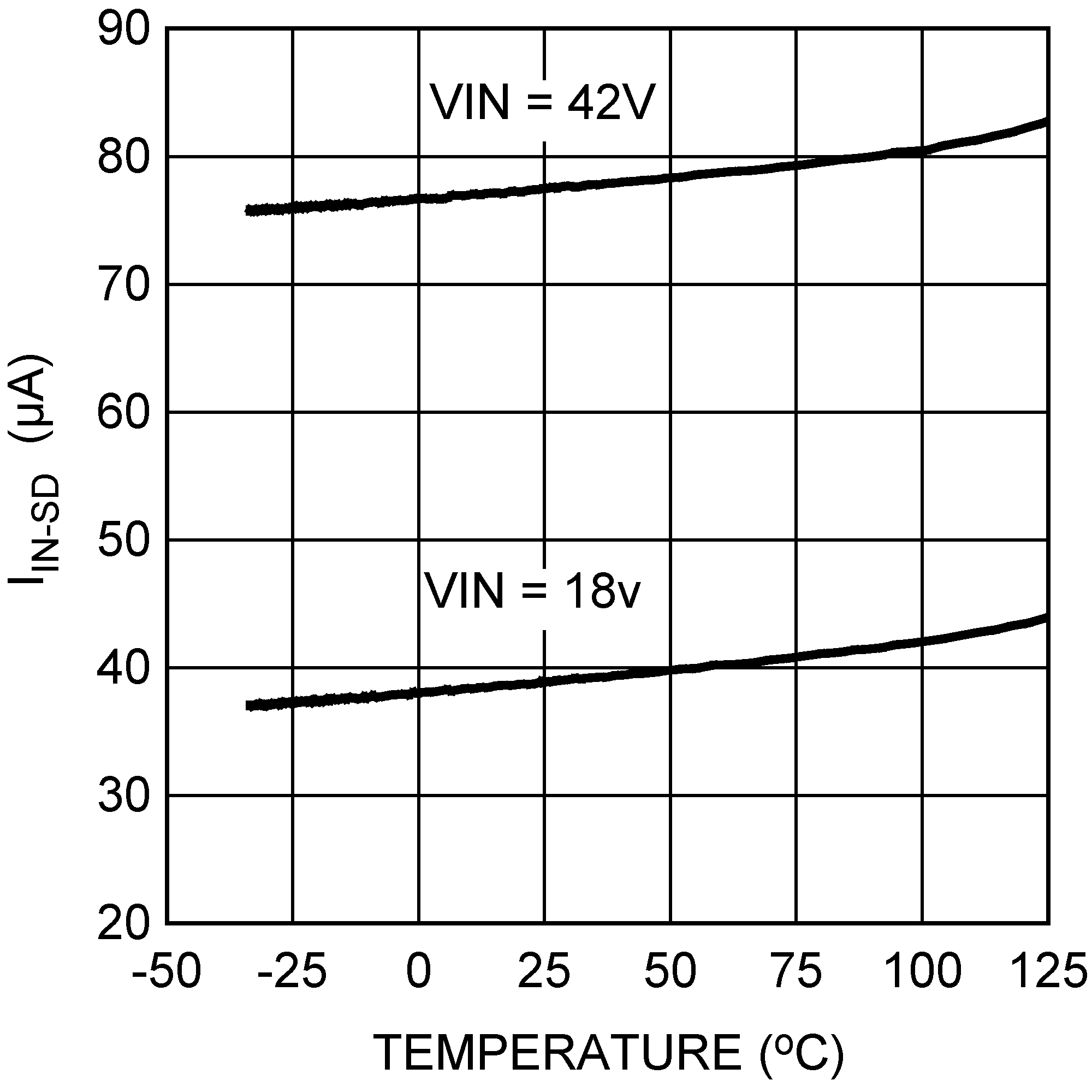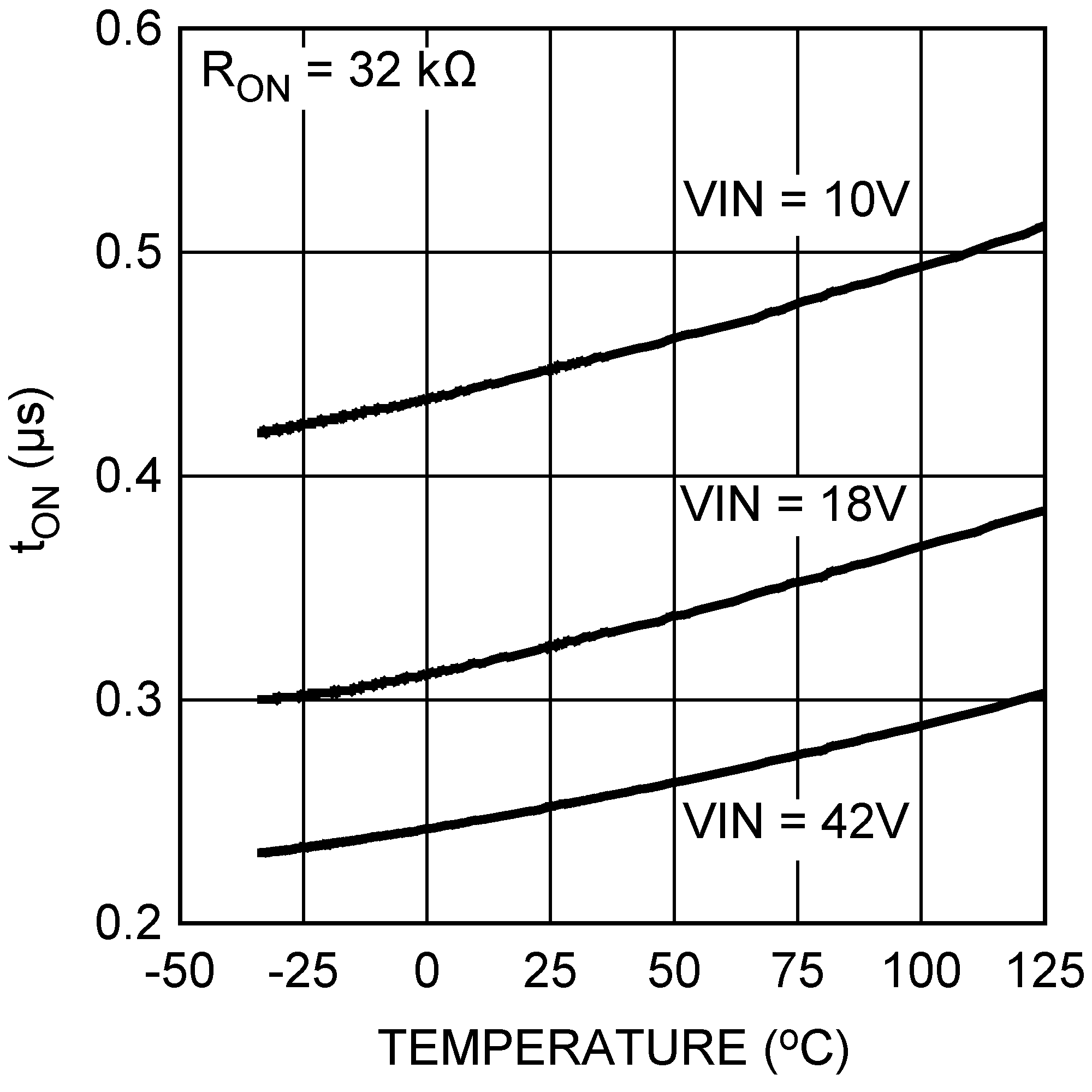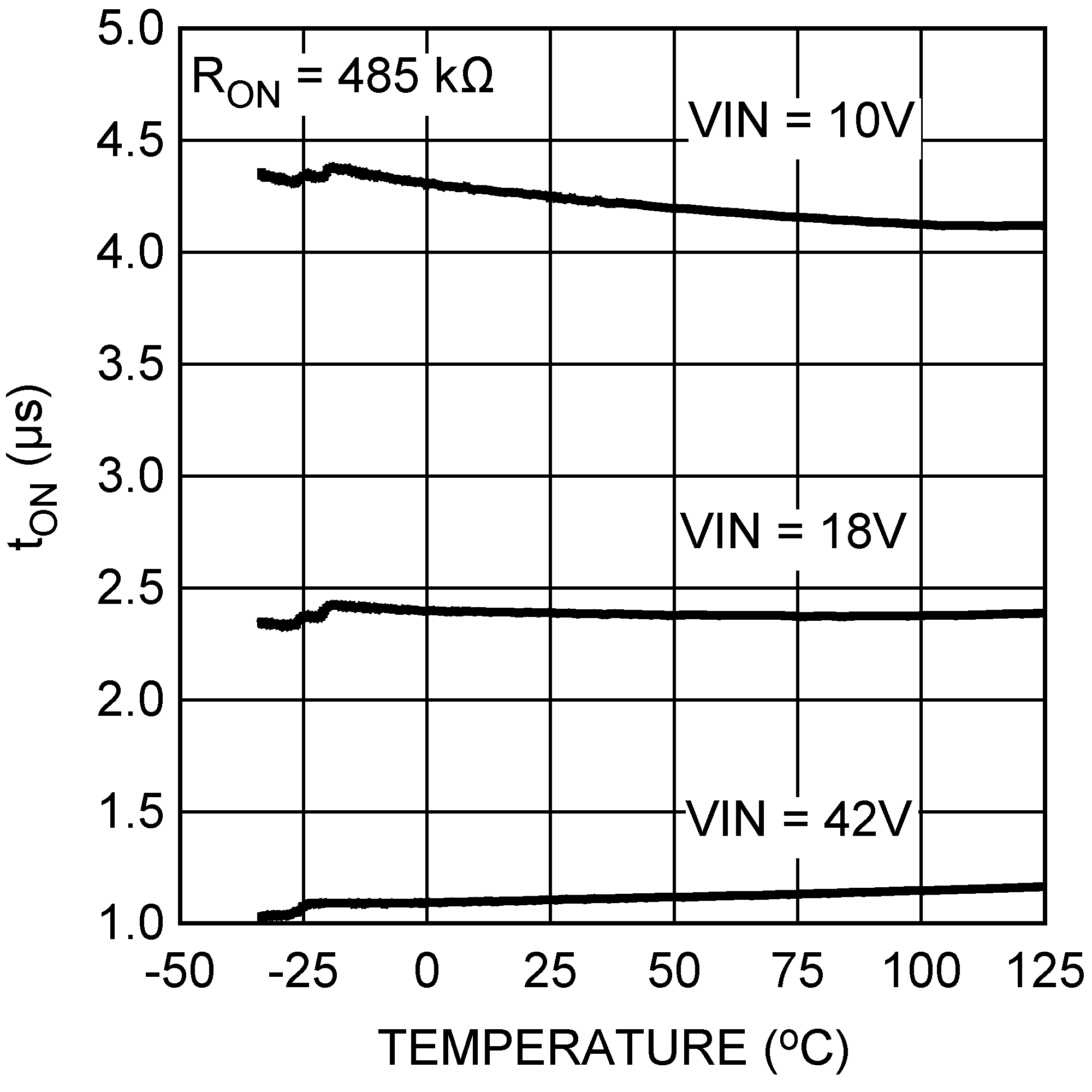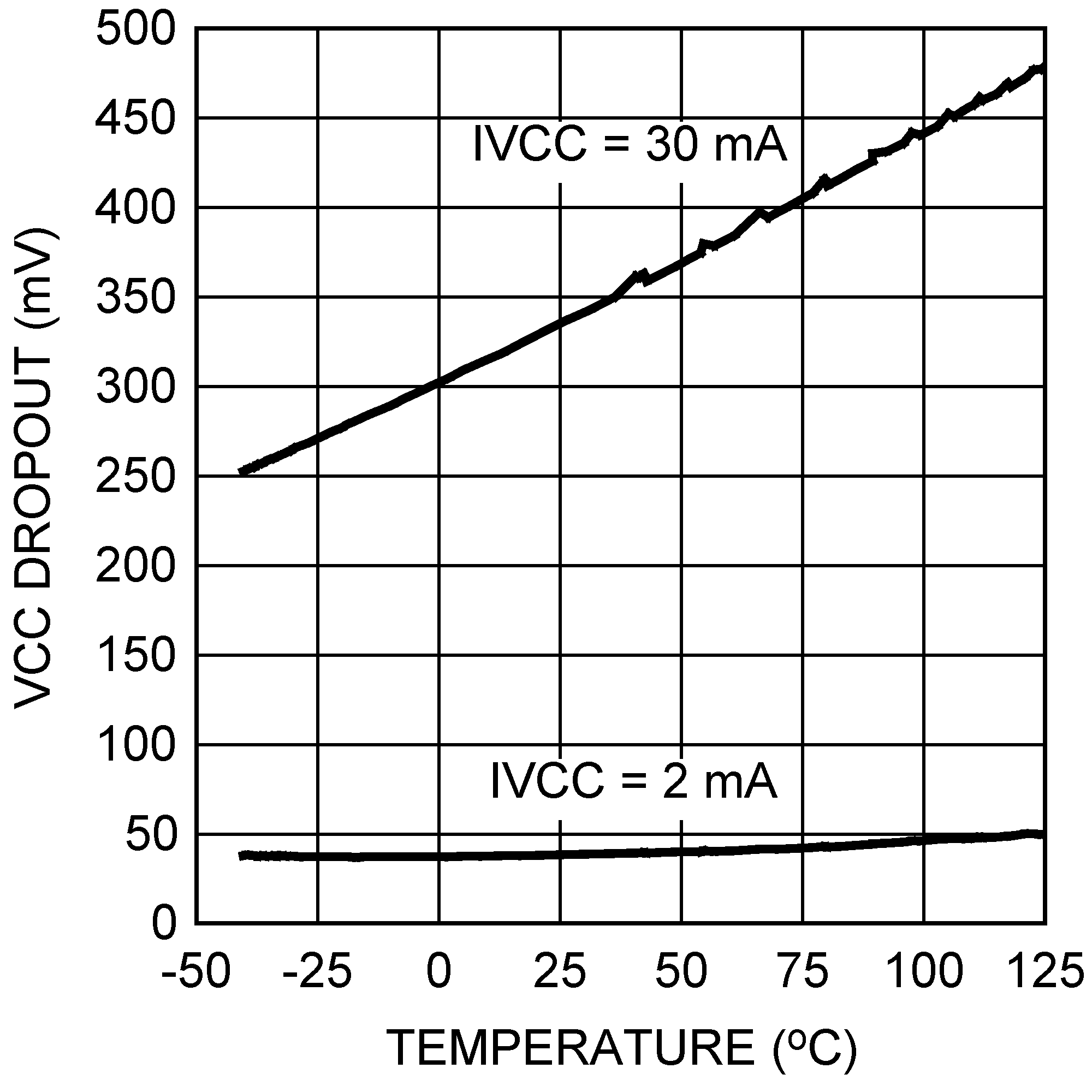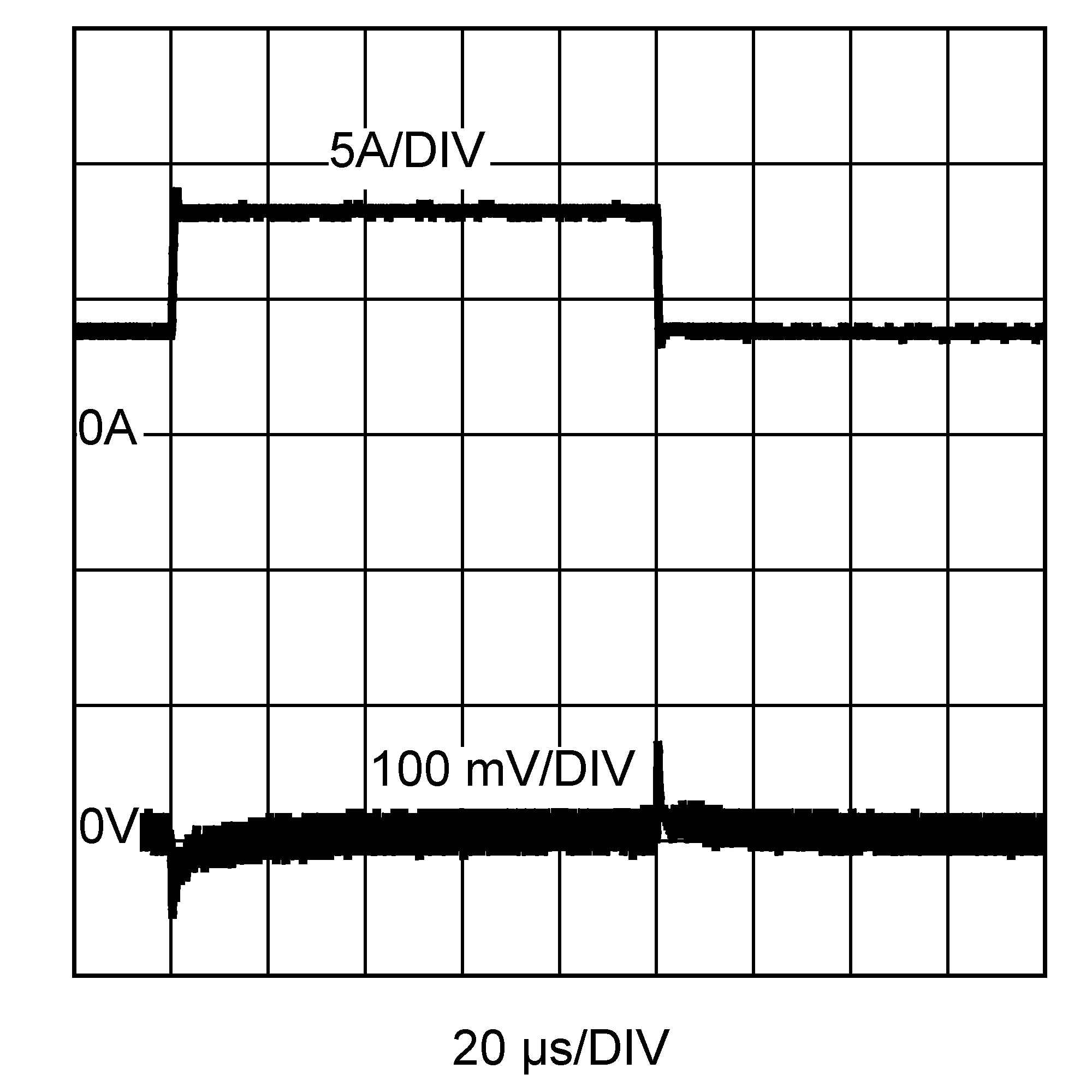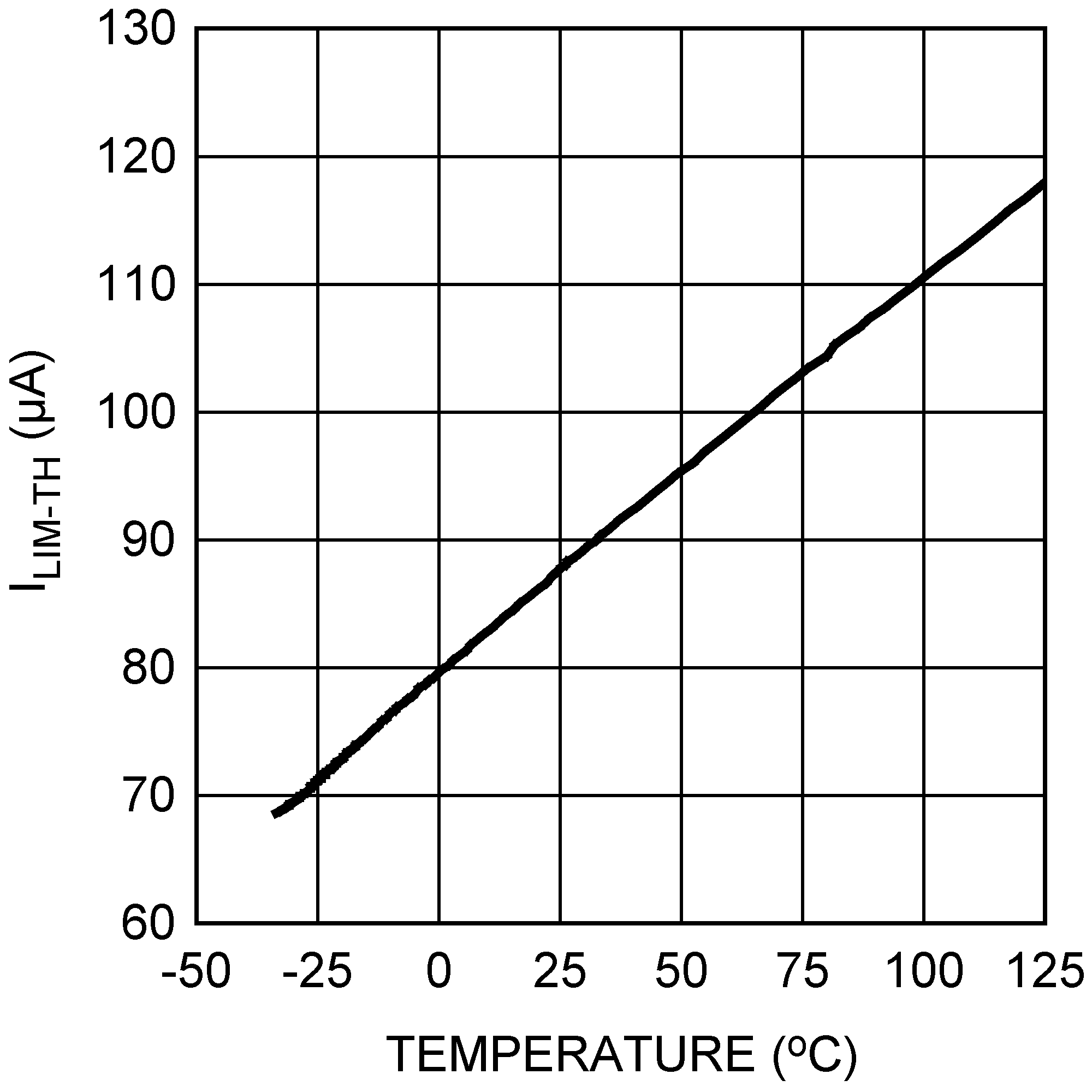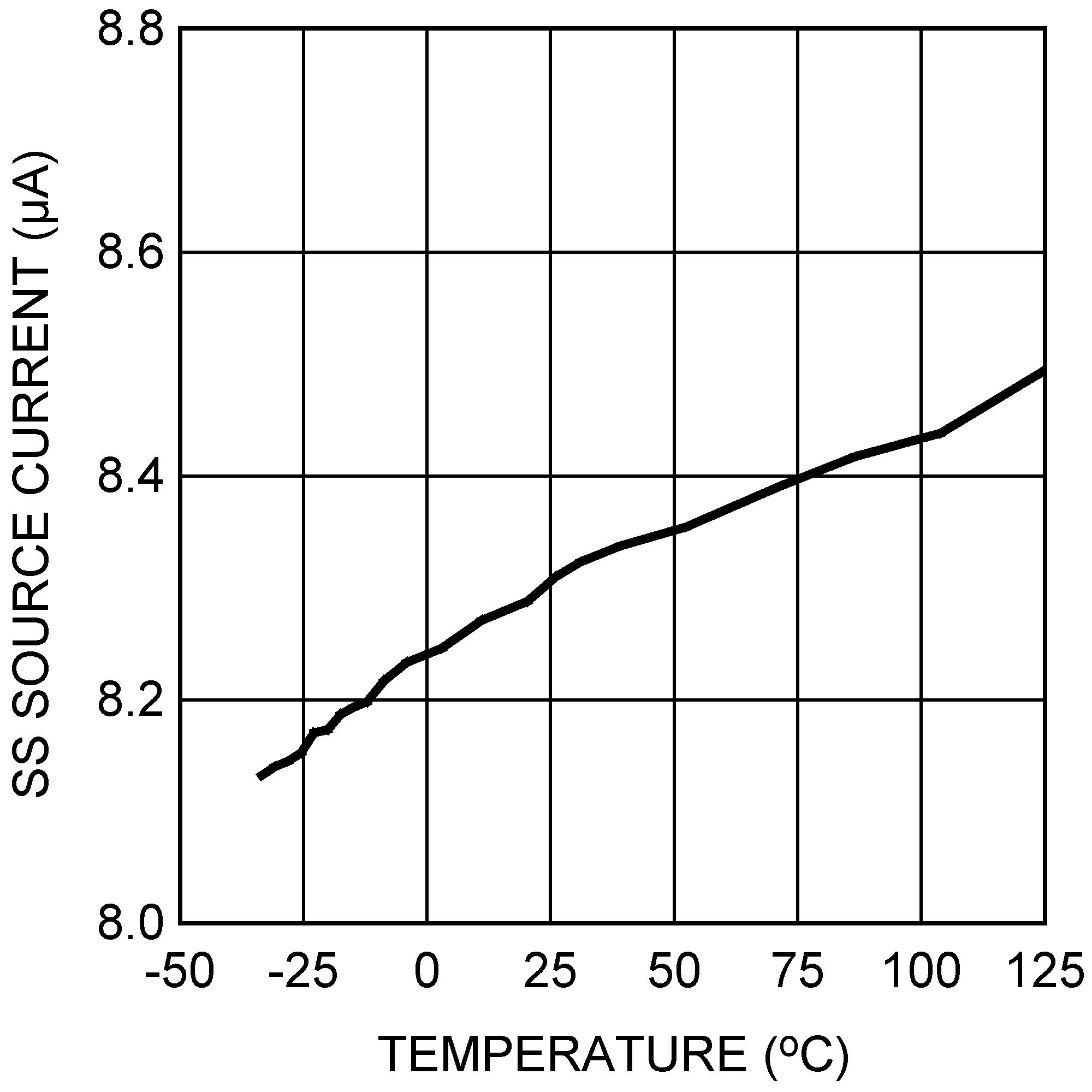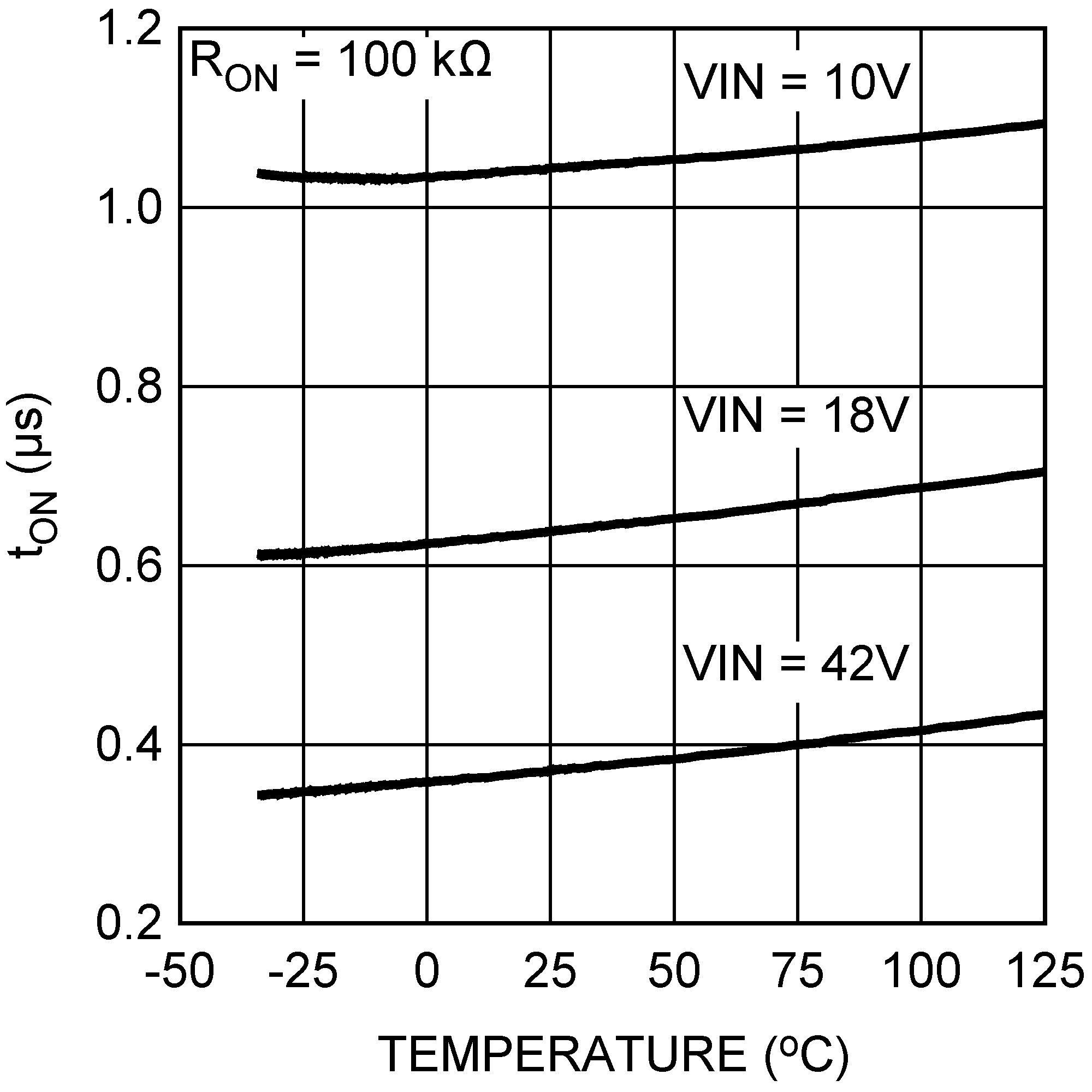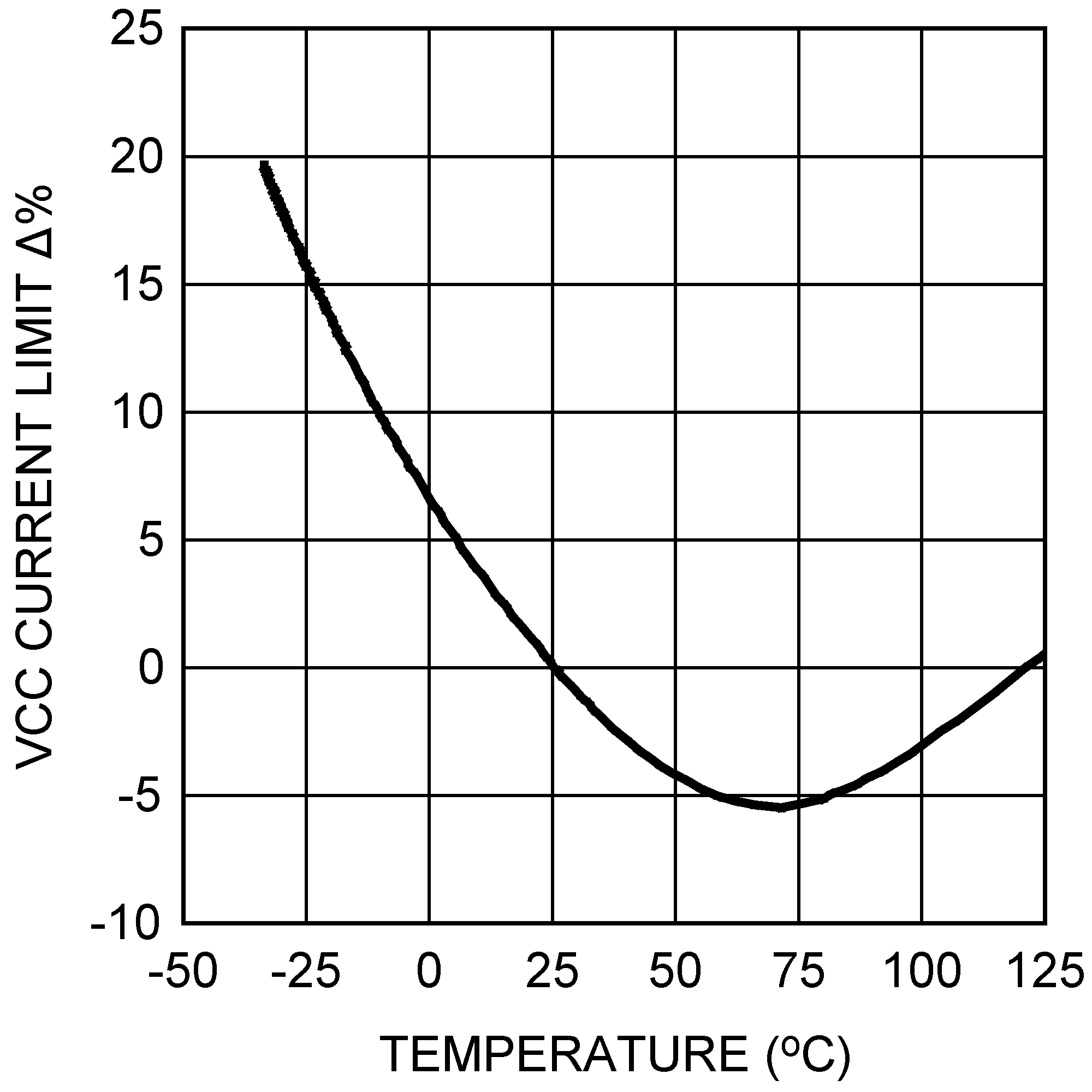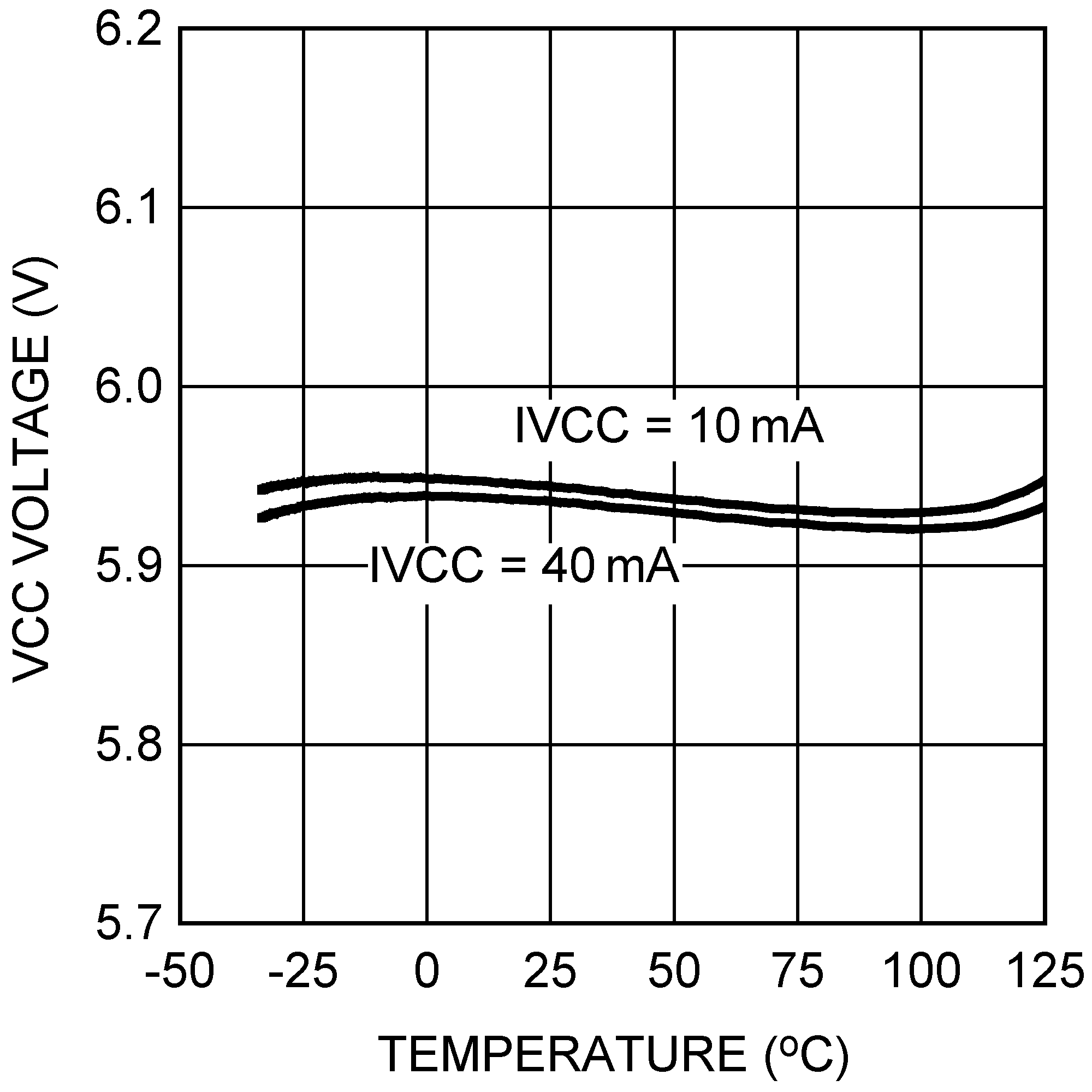SNVS561G September 2008 – September 2015 LM3150
PRODUCTION DATA.
- 1 Features
- 2 Applications
- 3 Description
- 4 Typical Application Schematic
- 5 Revision History
- 6 Pin Configuration and Functions
- 7 Specifications
- 8 Detailed Description
- 9 Application and Implementation
- 10Power Supply Recommendations
- 11Layout
- 12Device and Documentation Support
- 13Mechanical, Packaging, and Orderable Information
Package Options
Mechanical Data (Package|Pins)
- PWP|14
Thermal pad, mechanical data (Package|Pins)
- PWP|14
Orderable Information
7 Specifications
7.1 Absolute Maximum Ratings
over operating free-air temperature range (unless otherwise noted) (1)(2)| MIN | MAX | UNIT | ||
|---|---|---|---|---|
| VIN, RON to GND | –0.3 | 47 | V | |
| SW to GND | –3 | 47 | V | |
| BST to SW | –0.3 | 7 | V | |
| BST to GND | –0.3 | 52 | V | |
| All Other Inputs to GND | –0.3 | 7 | V | |
| Tstg | Storage temperature | –65 | 150 | °C |
(1) Stresses beyond those listed under Absolute Maximum Ratings may cause permanent damage to the device. These are stress ratings only, which do not imply functional operation of the device at these or any other conditions beyond those indicated under Recommended Operating Ratings. Exposure to absolute-maximum-rated conditions for extended periods may affect device reliability.
(2) If Military/Aerospace specified devices are required, please contact the Texas Instruments Sales Office/ Distributors for availability and specifications.
7.2 ESD Ratings
| VALUE | UNIT | ||||
|---|---|---|---|---|---|
| V(ESD) | Electrostatic discharge | Human body model (HBM), per ANSI/ESDA/JEDEC JS-001, all pins(1) | ±2000 | V | |
(1) JEDEC document JEP155 states that 500-V HBM allows safe manufacturing with a standard ESD control process.
7.3 Recommended Operating Ratings
over operating free-air temperature range (unless otherwise noted)| MIN | NOM | MAX | UNIT | ||
|---|---|---|---|---|---|
| VIN | 6 | 42 | V | ||
| Junction Temperature Range (TJ) | −40 | 125 | °C | ||
| EN | 0 | 5 | V |
7.4 Thermal Information
| THERMAL METRIC(1) | LM3150 | UNIT | |
|---|---|---|---|
| PWP | |||
| 14 PINS | |||
| RθJA | Junction-to-ambient thermal resistance | 42.5 | °C/W |
| RθJC(top) | Junction-to-case (top) thermal resistance | 28.7 | |
| RθJB | Junction-to-board thermal resistance | 24.2 | |
| ψJT | Junction-to-top characterization parameter | 0.9 | |
| ψJB | Junction-to-board characterization parameter | 23.9 | |
| RθJC(bot) | Junction-to-case (bottom) thermal resistance | 4.4 | |
(1) For more information about traditional and new thermal metrics, see the IC Package Thermal Metrics application report, SPRA953.
7.5 Electrical Characteristics
over operating free-air temperature range (unless otherwise noted)| PARAMETER | TEST CONDITIONS | TJ = 25°C | TJ = -40°C to 125°C | UNIT | |||||
|---|---|---|---|---|---|---|---|---|---|
| MIN | TYP | MAX | MIN | TYP | MAX | ||||
| START-UP; REGULATOR, VCC | |||||||||
| VCC | CVCC = 1 µF, 0 mA to 40 mA | 5.95 | 5.65 | 6.25 | V | ||||
| VIN - VCC | VIN - VCC Dropout Voltage | IVCC = 2 mA, VIN = 5.5 V | 40 | mV | |||||
| IVCC = 30 mA, VIN = 5.5 V | 330 | ||||||||
| IVCCL | VCC Current Limit(1) | VCC = 0V | 100 | 65 | mA | ||||
| VCCUVLO | VCC Undervoltage Lockout Threshold (UVLO) | VCC Increasing | 5.1 | 4.75 | 5.40 | V | |||
| VCCUVLO-HYS | VCC UVLO Hysteresis | VCC Decreasing | 475 | mV | |||||
| tCC-UVLO-D | VCC UVLO Filter Delay | 3 | µs | ||||||
| IIN | Input Operating Current | No Switching, VFB = 1 V | 3.5 | 5 | mA | ||||
| IIN-SD | Input Operating Current, Device Shutdown | VEN = 0 V | 32 | 55 | µA | ||||
| GATE DRIVE | |||||||||
| IQ-BST | Boost Pin Leakage | VBST – VSW = 6 V | 2 | nA | |||||
| RDS-HG-Pull-Up | HG Drive Pullip On-Resistance | IHG Source = 200 mA | 5 | Ω | |||||
| RDS-HG-Pull-Down | HG Drive Pulldown On-Resistance | IHG Sink = 200 mA | 3.4 | Ω | |||||
| RDS-LG-Pull-Up | LG Drive Pullup On-Resistance | ILG Source = 200 mA | 3.4 | Ω | |||||
| RDS-LG-Pull-Down | LG Drive Pulldown On-Resistance | ILG Sink = 200 mA | 2 | Ω | |||||
| SOFT-START | |||||||||
| ISS | SS Pin Source Current | VSS = 0 V | 7.7 | 5.9 | 9.5 | µA | |||
| ISS-DIS | SS Pin Discharge Current | Current Limit | 200 | µA | |||||
| ILIM-TH | Current Limit Sense Pin Source Current | 75 | 85 | 95 | µA | ||||
| ON/OFF TIMER | |||||||||
| tON | ON Timer Pulse Width | VIN = 10V, RON = 100 kΩ, VFB = 0.6V |
1.02 | µs | |||||
| VIN = 18V, RON = 100 kΩ, VFB = 0.6 V |
0.62 | ||||||||
| VIN = 42 V, RON = 100 kΩ, VFB = 0.6 V |
0.36 | ||||||||
| tON-MIN | ON Timer Minimum Pulse Width | See(2) | 200 | ns | |||||
| tOFF | OFF Timer Minimum Pulse Width | 370 | 525 | ns | |||||
| ENABLE INPUT | |||||||||
| VEN | EN Pin Input Threshold Trip Point | VEN Rising | 1.20 | 1.14 | 1.26 | V | |||
| VEN-HYS | EN Pin Threshold Hysteresis | VEN Falling | 120 | mV | |||||
| REGULATION AND OVERVOLTAGE COMPARATOR | |||||||||
| VFB | In-Regulation Feedback Voltage | VSS > 0.6 V | 0.600 | 0.588 | 0.612 | V | |||
| VFB-OV | Feedback Overvoltage Threshold | 0.720 | 0.690 | 0.748 | V | ||||
| IFB | Feedback Bias Current | 20 | nA | ||||||
| BOOST DIODE | |||||||||
| Vf | Forward Voltage | IBST = 2 mA | 0.7 | V | |||||
| IBST = 30 mA | 1 | ||||||||
| THERMAL CHARACTERISTICS | |||||||||
| TSD | Thermal Shutdown | Rising | 165 | °C | |||||
| Thermal Shutdown Hysteresis | Falling | 15 | °C | ||||||
(1) VCC provides self bias for the internal gate drive and control circuits. Device thermal limitations limit external loading.
(2) See Detailed Description section for minimum on-time when using MOSFETs connected to gate drivers.
7.6 Typical Characteristics
